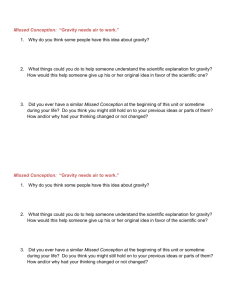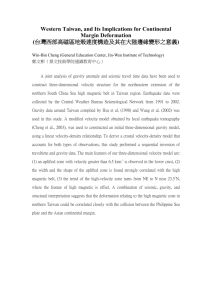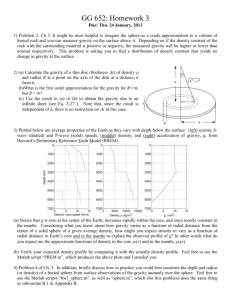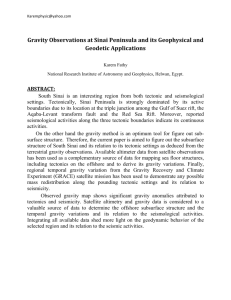A ten-year gravity time series at the station Medicina (Italy)
advertisement
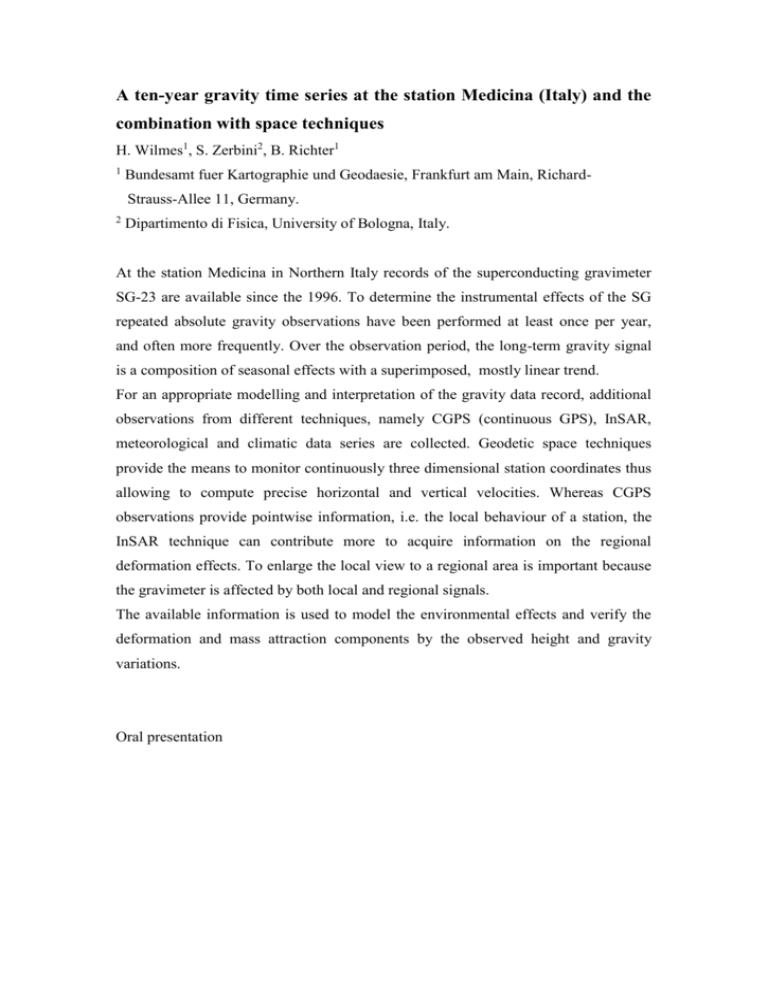
A ten-year gravity time series at the station Medicina (Italy) and the combination with space techniques H. Wilmes1, S. Zerbini2, B. Richter1 1 Bundesamt fuer Kartographie und Geodaesie, Frankfurt am Main, RichardStrauss-Allee 11, Germany. 2 Dipartimento di Fisica, University of Bologna, Italy. At the station Medicina in Northern Italy records of the superconducting gravimeter SG-23 are available since the 1996. To determine the instrumental effects of the SG repeated absolute gravity observations have been performed at least once per year, and often more frequently. Over the observation period, the long-term gravity signal is a composition of seasonal effects with a superimposed, mostly linear trend. For an appropriate modelling and interpretation of the gravity data record, additional observations from different techniques, namely CGPS (continuous GPS), InSAR, meteorological and climatic data series are collected. Geodetic space techniques provide the means to monitor continuously three dimensional station coordinates thus allowing to compute precise horizontal and vertical velocities. Whereas CGPS observations provide pointwise information, i.e. the local behaviour of a station, the InSAR technique can contribute more to acquire information on the regional deformation effects. To enlarge the local view to a regional area is important because the gravimeter is affected by both local and regional signals. The available information is used to model the environmental effects and verify the deformation and mass attraction components by the observed height and gravity variations. Oral presentation








